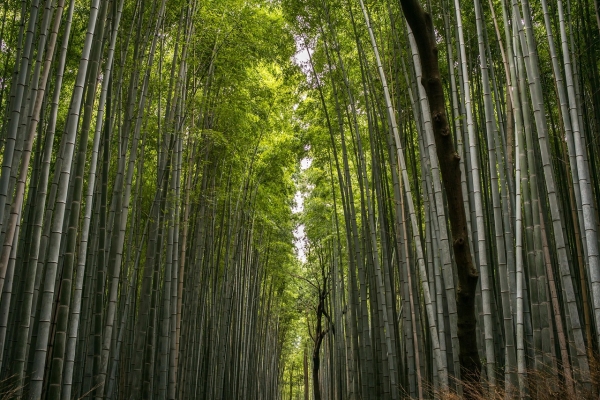Bamboo, palm, and banana trees look and act like trees, but are actually closer to grasses in how they grow because—unlike trees—their stems do not grow wider over time.
Bamboo, palm, and banana trees look and act like trees, but are actually closer to grasses in how they grow because—unlike trees—their stems do not grow wider over time. However, due to their towering structure, scientists struggled with how to both classify them and to fully understand their biology—and benefits.
A new analysis by New York University scientists offers a clearer picture of these organisms, labeling them “grassy trees,” which combine the canopy structure of trees with the resilience of grasses—and can more easily adapt to and recover from extreme weather conditions than can trees.
“Bamboo, palms, and bananas, which don’t fit neatly as ‘trees’ or ‘grasses,’ are actually a powerful group of plants we call ‘grassy trees’ that combine the best of both worlds,” explains Aiyu Zheng, a researcher at New York University’s Department of Environmental Studies and the lead author of the analysis, which appears in the journal Trends in Ecology and Evolution. “Their hybrid nature—combining the tall structures of trees with the rapid growth of grasses—makes grassy trees powerful allies in responding to climate change.
“They bounce back quickly after fires, storms, or harvesting—and they help restore landscapes, store carbon, support biodiversity, and sustain communities. Their benefits stretch from food and jobs to renewable materials and green energy.”
Read More: New York University
Photo Credit: cucaihn via Pixabay




